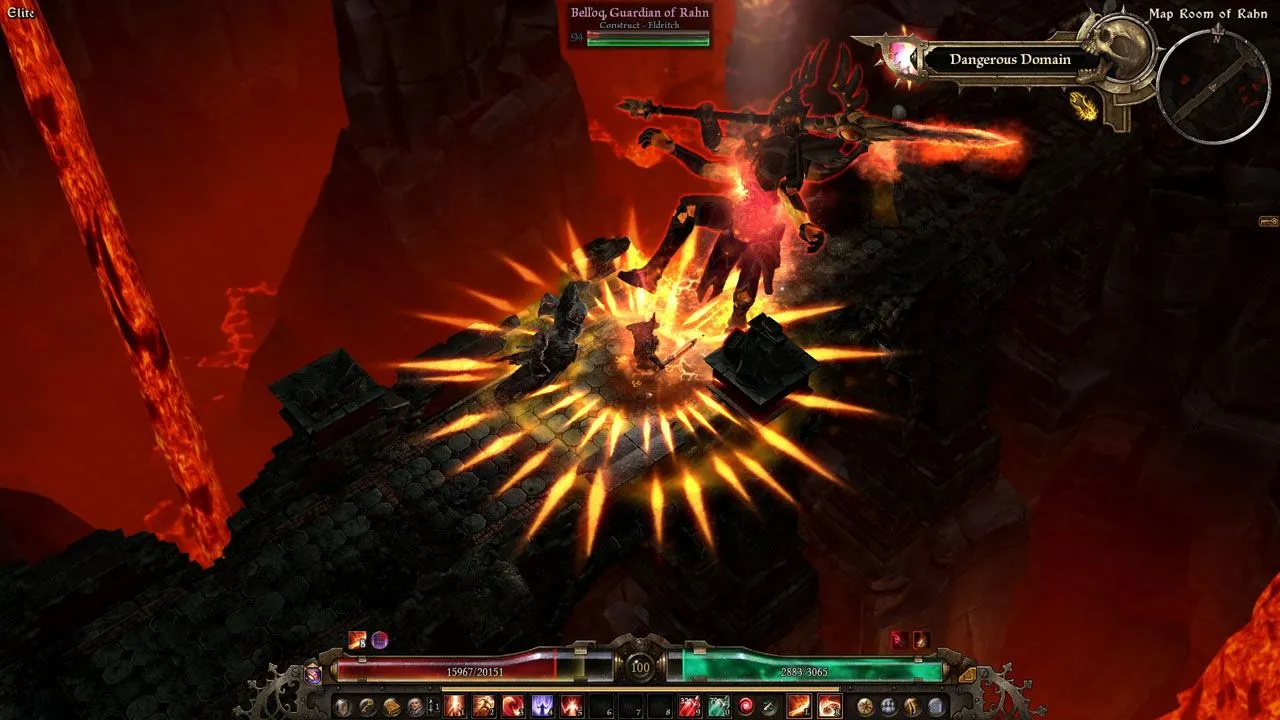
Grim Dawn: Forgotten Gods Expansion Review: A Desert Oasis in a Sea of ARPGs
Contents
The action RPG (ARPG) genre has deep roots, capturing the core essence of character progression and thrilling combat. From classic titles like Diablo and Titan Quest to modern contenders, the genre continues to evolve. Grim Dawn, released in 2016, quickly cemented its place among ARPG giants, captivating players with its engaging gameplay, extensive lore, and seemingly endless depth. The Forgotten Gods expansion, released in 2019, promised a wealth of new features and refinements. Does it live up to the hype? Let’s delve into the scorched sands and uncover the truth.
 Grim Dawn: Forgotten Gods
Grim Dawn: Forgotten Gods
A Wealth of New Content
Crate Entertainment, the developers of Grim Dawn, understand the importance of continuous improvement. Forgotten Gods focuses on refining core gameplay aspects, adding features, and enhancing the overall player experience. The results are impressive, breathing new life into this already robust ARPG.
Expanded Storage and Character Customization
One of the most welcome additions is expanded storage. With the sheer volume of loot in Grim Dawn, inventory management was a constant struggle. Forgotten Gods introduces a sixth personal stash tab and expands the shared stash, offering much-needed relief for hoarders.
Furthermore, the Devotion system, a key component of character customization, receives a significant boost. Nine new constellations, including four major and five minor ones, provide even more build diversity. Players can now explore new damage combinations, such as Acid and Cold with the Yugol constellation, or summoner-focused builds with Korvaak.
 Grim Dawn: Forgotten Gods
Grim Dawn: Forgotten Gods
The Oathkeeper Class and Itemization Improvements
Forgotten Gods introduces the Oathkeeper, a shield-wielding class that elevates defensive play to new heights. Shields are no longer just for blocking; they become offensive weapons, capable of bashing enemies, ricocheting off walls, and even spinning like a whirling dervish. A plethora of new equipment further enhances build variety for both the Oathkeeper and existing classes.
Addressing a long-standing player grievance, Forgotten Gods introduces a system for converting set items. The Inventor NPC can now reroll a set item into a random item from the same or a different set. While not cheap, this feature offers a tangible path to completing elusive sets, eliminating the frustration of endless farming.
Additional improvements include new movement skills for increased agility and survivability, and the option to skip Normal/Elite difficulties and jump straight into Ultimate. These changes demonstrate Crate’s commitment to enhancing the Grim Dawn experience.
A Visual Transformation
Grim Dawn, built on the engine of its predecessor Titan Quest, faced graphical limitations. However, Crate has pushed the boundaries of this aging engine with Forgotten Gods. The expansion transports players to a visually stunning desert landscape, a stark departure from the game’s previous environments.
 Grim Dawn: Forgotten Gods
Grim Dawn: Forgotten Gods
The vast, sun-baked deserts, crumbling ruins of a lost empire, colossal weathered statues, and intricate temple carvings showcase a level of detail rarely seen in Grim Dawn. The occasional oasis, with lush vegetation and clear water, provides a welcome contrast to the arid landscape. This visual overhaul breathes new life into the game, making it feel like a true sequel.
A Narrative Misstep
While Grim Dawn boasts a rich lore, Forgotten Gods stumbles in its storytelling. The narrative feels disconnected from the main storyline, presenting a self-contained “side story” with little context. Players are abruptly thrust into a conflict between the Three Witch Gods and a nefarious organization seeking to resurrect the malevolent god Korvaak.
 Grim Dawn: Forgotten Gods
Grim Dawn: Forgotten Gods
The narrative lacks depth and leaves many questions unanswered. The motivations of key characters remain unclear, and the overall plot feels underdeveloped. The jarring transition to the new area and the lack of a cohesive narrative diminish the immersive experience.
Conclusion
Grim Dawn: Forgotten Gods is a mixed bag. It excels in expanding gameplay and delivering a visual upgrade, but falters in its narrative execution. The wealth of new content, character customization options, and quality-of-life improvements make it a worthwhile addition for existing fans. However, the shallow storyline and abrupt transition may disappoint those seeking a compelling narrative experience. Despite its narrative shortcomings, Forgotten Gods reinforces Grim Dawn’s position as a prominent force in the ARPG genre.
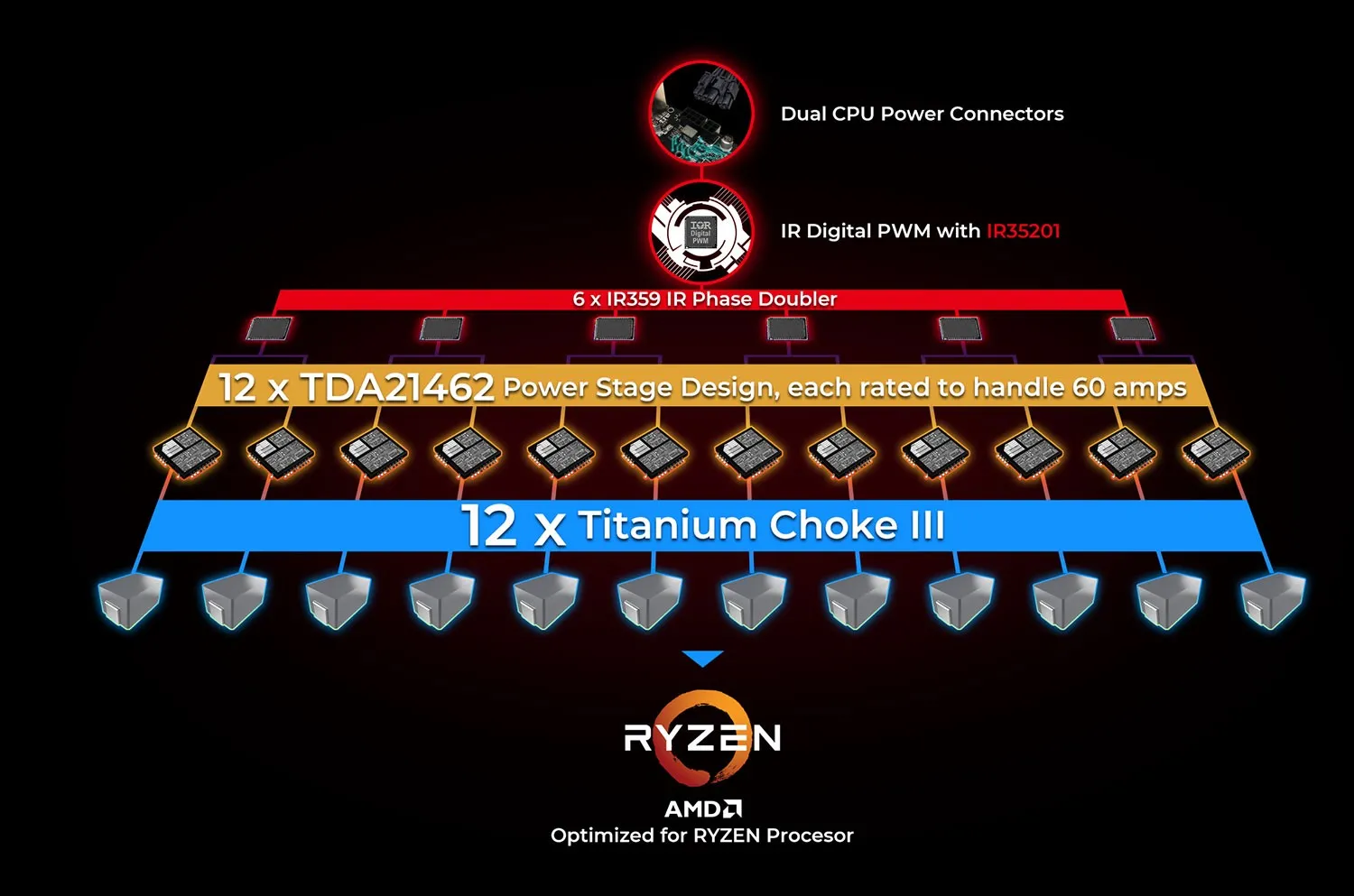
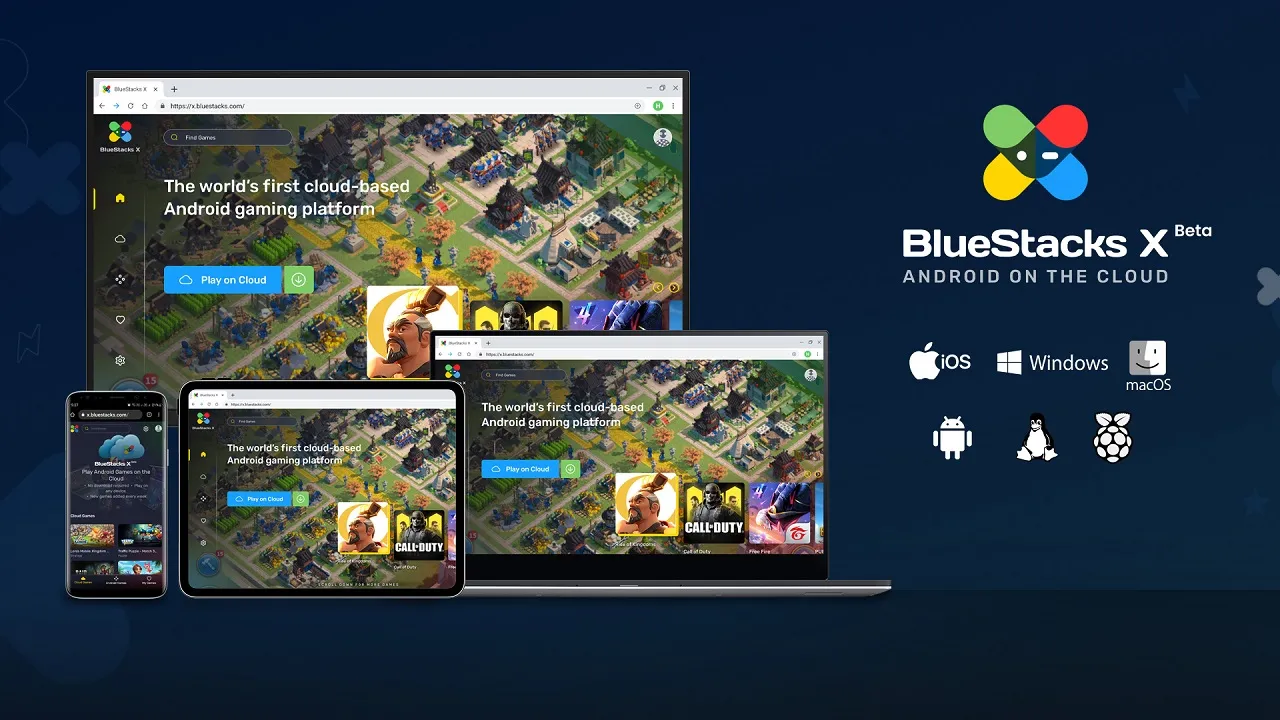
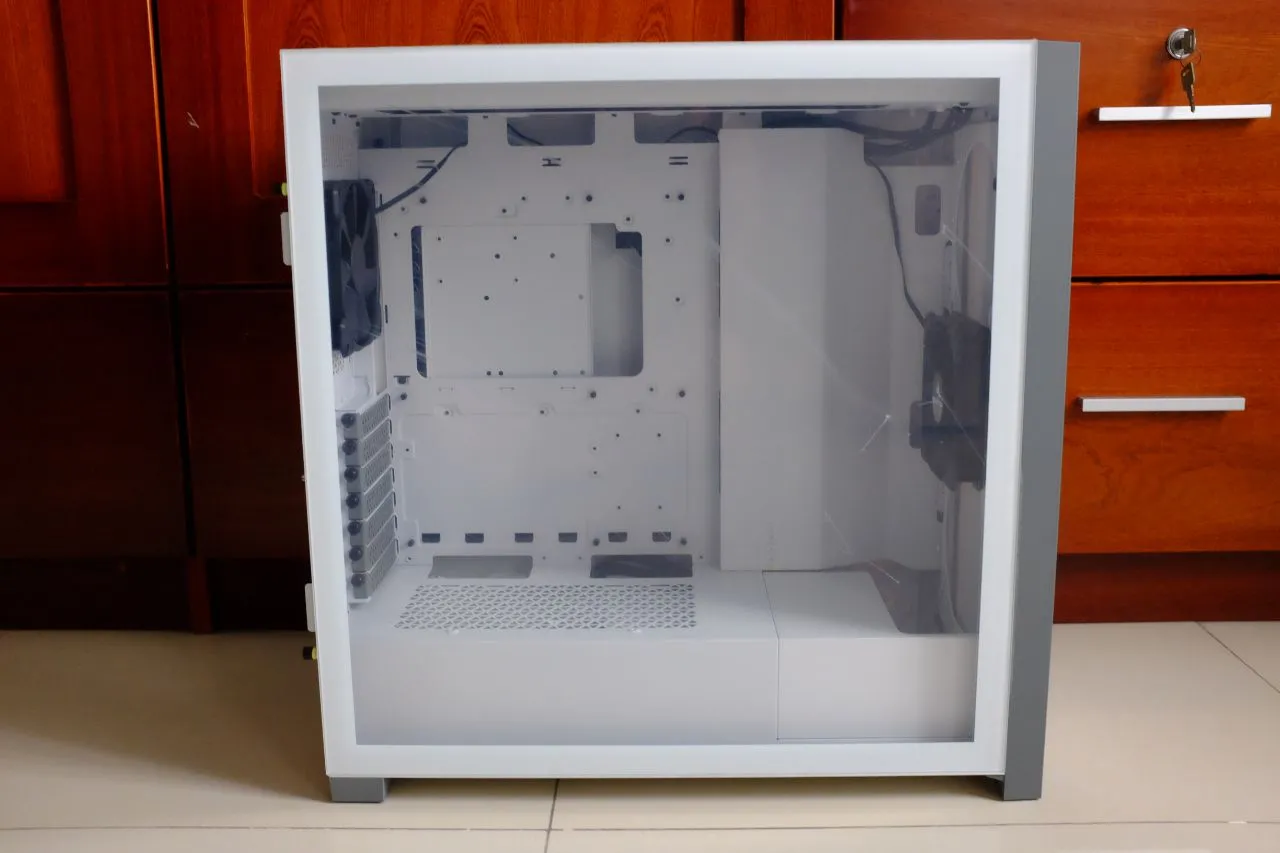
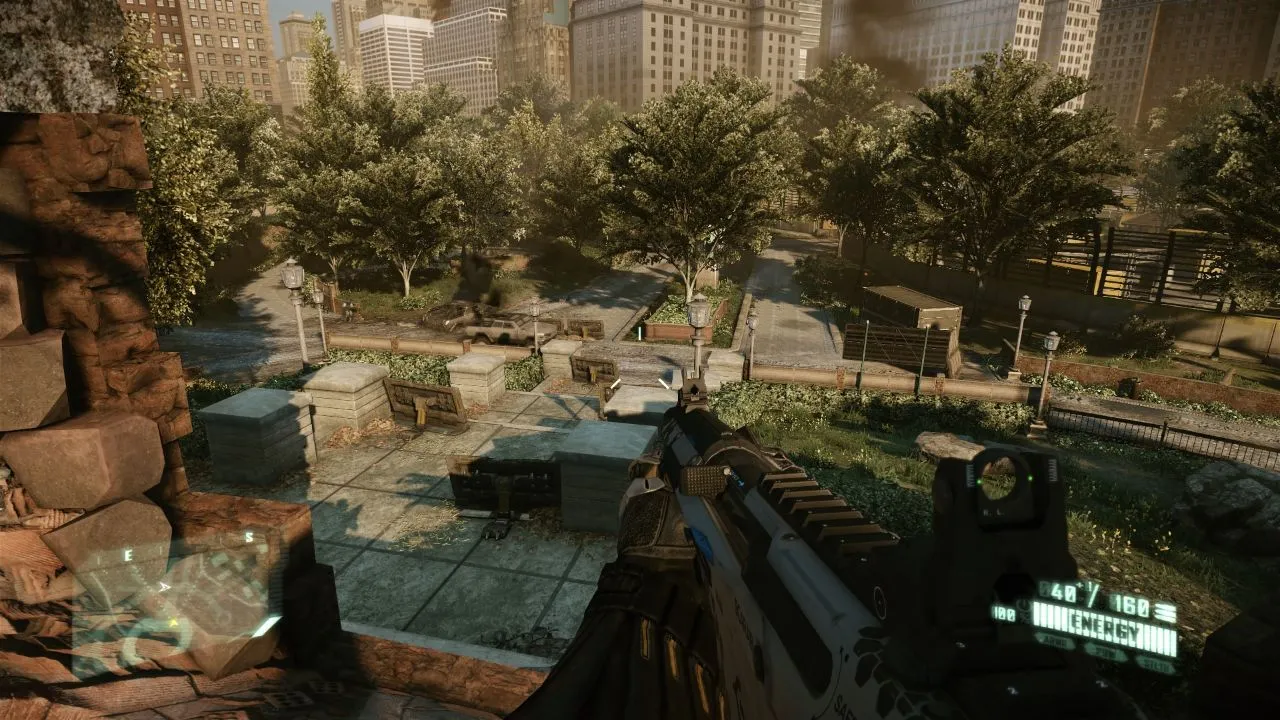
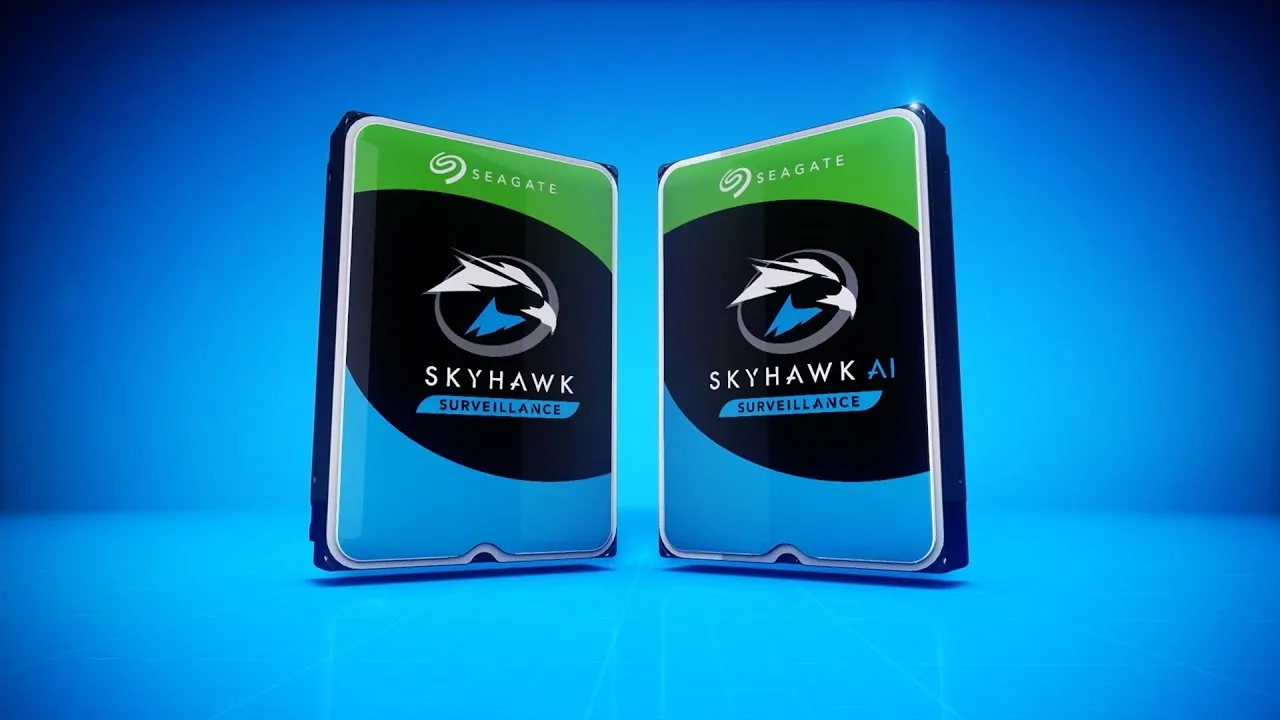
Comments (0)